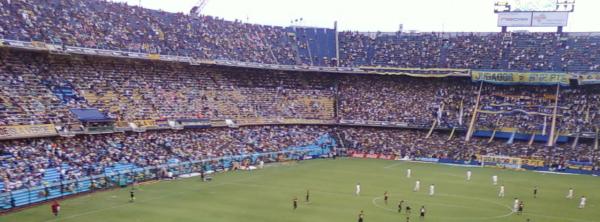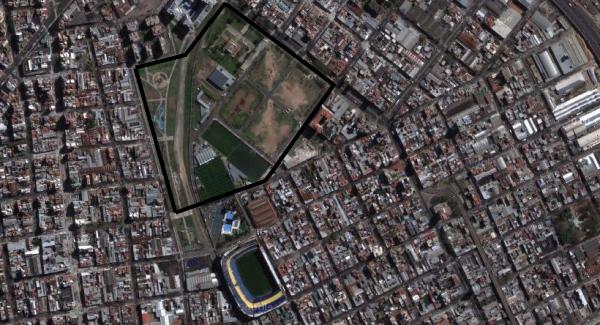
Boca Juniors president Daniel Angelici has confirmed that the club is currently looking into the options of building a new stadium. The president did this in a radio interview while in Spain looking for investors in the club.
He right away went into further detail as to the specifics of the project. According to Angelici, the new stadium is planned to have a capacity of 75,000 seats and standing places divided over two tiers. It will furthermore have all modern facilities and ample parking space – something that La Bombonera lacks.
The president hopes to move into the new stadium in 2015 or 2016, though admits that is an optimistic take. After all, the club first needs to attract sufficient funding and convince its powerful socios of the need to move. After the news broke out many fans already expressed their discontent under the Twitter hashtag #LaBomboneraNoSeToca.
Angelici also added that a naming rights deal for a period of 10 years will be a necessary requirement. All financing will have to come from outside sources, and the club today proudly displayed a photo of a Dubai sheik wearing a Boca jersey on its website.
The stadium will be built almost next to La Bombonera, in an area where the club currently owns a few football pitches and where its Casa Amarilla (yellow house) sits. It will also need to buy a few adjacent empty fields that are currently owned by the city of Buenos Aires.

Boca director Juan Carlos Crespi later added that it is not the club’s intention to demolish La Bombonera, which will remain in its current form and be used for events and lower-level football matches. The club expects to present more concrete plans in a few months time.
La Bombonera, built in 1940, is arguably one of the most iconic stadiums of the world. The stadium has a capacity of 49,000, but lacks the possibilities to expand being hemmed in by housing. Though not generally selling out, ticket sales is currently restricted to socios and foreigners buying steeply priced tour packages.
In the late 1960s Boca started the construction of a new 140,000-stadium, which never got completed due to political and economical turmoil. We will soon dedicate a complete article to that failed attempt.